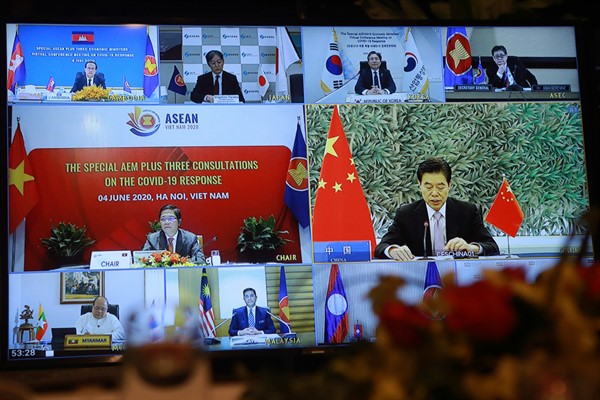Southeast Asia has always played a key role in Chinese foreign policy, but its strategic and economic importance has increased further in recent years, given the heightened economic and political tensions between Beijing and Washington. The Association of Southeast Asian Nations accounted for nearly 15 percent of China’s imports and exports during the first half of this year, more than the United States or the European Union.
For Southeast Asia, too, China is a key commercial partner, second only to Japan as a source of foreign investment in the region. Yet, as Sebastian Strangio writes in his new book, “In the Dragon’s Shadow: Southeast Asia in the Chinese Century,” China has become “the most important economic partner to nearly every nation in the region” as well as “their thorniest foreign policy challenge.”
Strangio joined WPR’s Elliot Waldman on the Trend Lines podcast this week to talk about how Southeast Asia is navigating the challenges created by China’s rise.

